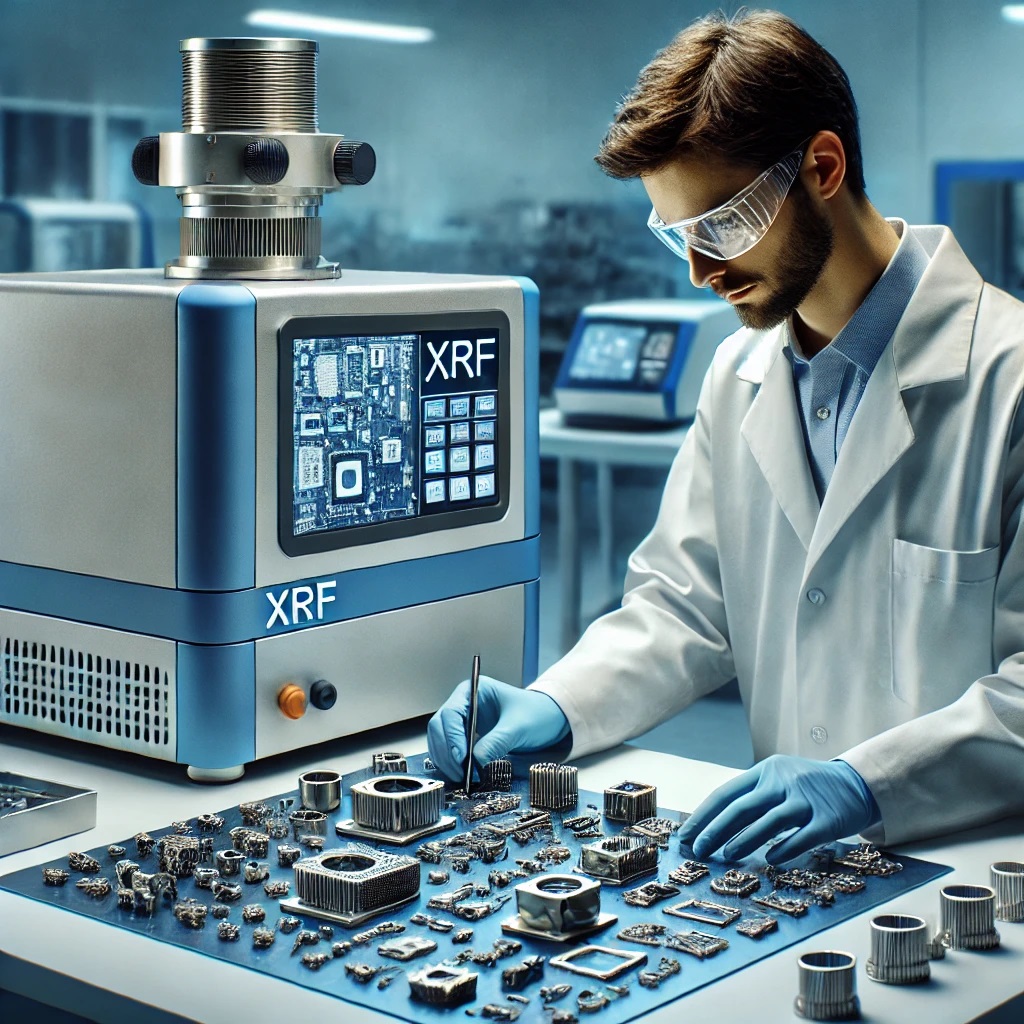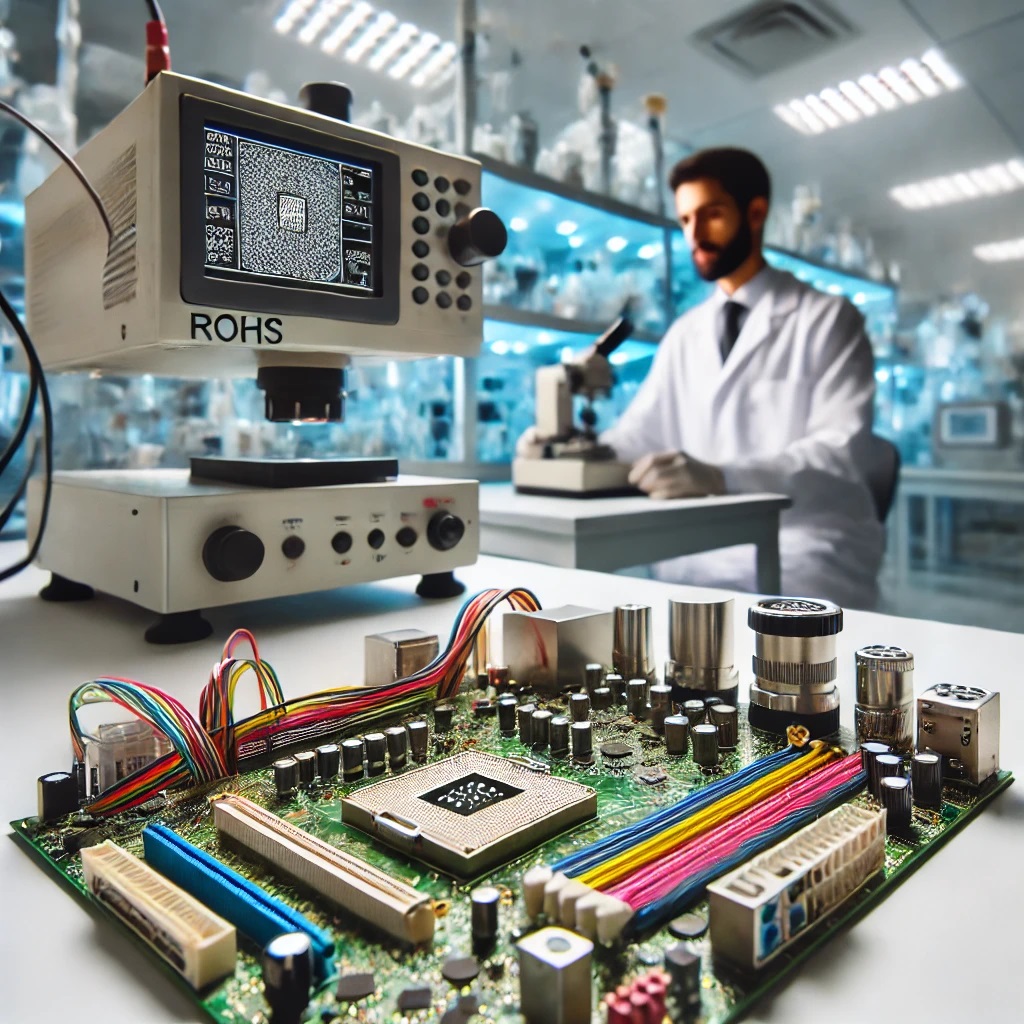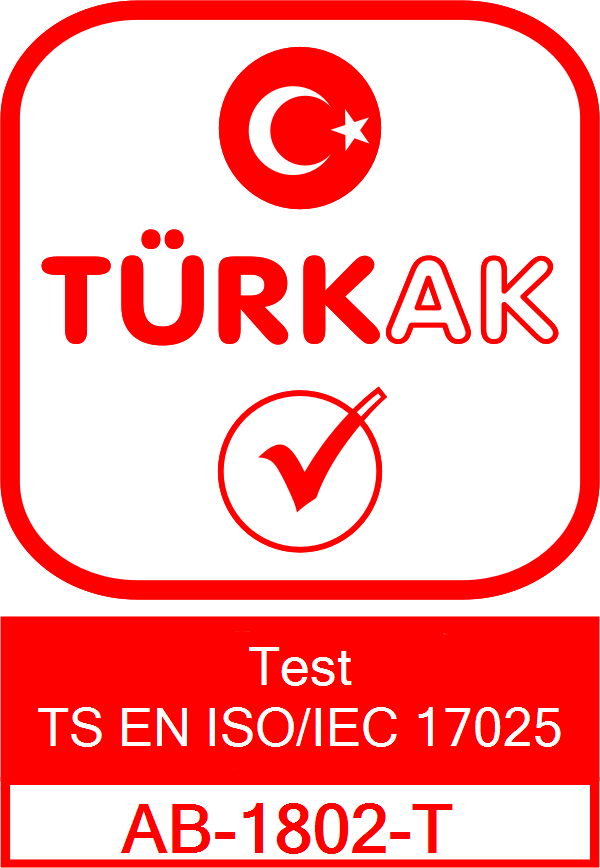What Are RoHS Test Analyses?
RoHS (Restriction of Hazardous Substances) test analyses are examinations performed to restrict the use of hazardous substances in electronic devices and components. These tests ensure that products comply with the European Union’s RoHS Directive, thereby confirming that they do not contain substances harmful to the environment and human health.
Substances Restricted Under the RoHS Directive
RoHS test analyses detect substances that are prohibited from exceeding specific concentration thresholds in products. These substances include:
- Lead (Pb)
- Mercury (Hg)
- Cadmium (Cd)
- Hexavalent Chromium (Cr6+)
- Polybrominated Biphenyls (PBB)
- Polybrominated Diphenyl Ethers (PBDE)
- Bisphenol A (BPA) (restricted in certain regions)
- Phthalates (DEHP, BBP, DBP, DIBP)
Methods Used in RoHS Test Analyses
-
X-Ray Fluorescence (XRF) Spectrometry
- Provides quick and accurate detection of heavy metals in samples.
-
Chemical Decomposition
- Chemically breaks down samples to measure specific elemental concentrations.
-
ICP-MS (Inductively Coupled Plasma Mass Spectrometry)
- Suitable for detecting elements at very low concentrations.
-
FTIR and UV Spectroscopy
- Commonly used for polymer-based samples.
Importance of RoHS Test Analyses
-
Regulatory Compliance
- Mandatory for selling products in the European market.
-
Environmentally Friendly Production
- Limits the use of hazardous chemicals, thereby protecting the environment.
-
Consumer Confidence
- Enhances brand reputation by offering products safe for human health.
-
Global Competitive Advantage
- RoHS-certified products gain broader acceptance worldwide.
Which Products Require RoHS Test Analyses?
- Electrical and electronic devices
- Lighting equipment
- Household appliances (white goods)
- Computers and mobile devices
- Electronic toys
- Medical devices (with some exceptions)
RoHS Testing Process
-
Sample Preparation
- Product samples are appropriately prepared for testing.
-
Analysis
- Heavy metals and restricted substances are tested using designated methods.
-
Reporting
- Test results are documented in detail, and compliance with the directive is evaluated.
-
Certification
- Reports confirming RoHS compliance are issued.
The Future of RoHS Test Analyses
With the growing focus on sustainability and eco-friendly production in technological products, the importance of RoHS test analyses continues to rise. Ongoing legal updates are expanding the scope of these analyses, increasingly covering more product categories and chemical substances.









